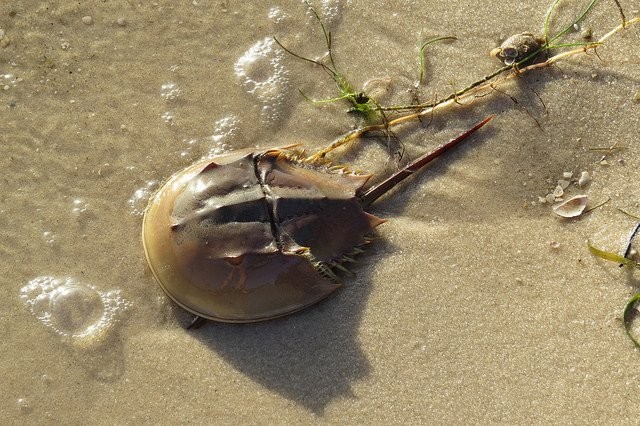BIOTOPE: Henry Island, West Bengal
Overview: Henry’s island is a destination hugging the western boundary of the greater Sundarban region, and dotting the south-end corner of the ‘Mouths of the Ganges’. Kilometers of empty beach, placid sea, clear sky and
excellent food are some of the attractions of this island. Henry Island is named after a British Explorer who surveyed land in the area in the late 19th Century. Dense mangrove forest parted by numerous canals covers the area. Only the song of birds accentuate the silence here. Henry’s island has an area of 600 hectares habitating wide varieties of plant and animal life. There are many rarely observed species of birds
which occur regularly at Henry’s island. These include Greater Thick-knee, Ruddy Turnstones, Great Knots, Sanderling, Caspian, Gull-billed and Common Terns, vagrant Heuglin’s Gull, Mangrove Whistler, Back-capped and Collared Kingfishers, Eurasian Hobby, a good selection of plovers and other shorebirds. Moreover, it is the sort of place where a Spoon-billed Sandpiper or a Nordmann’s Greenshank is not impossible !
How to Reach: The journey from Kolkata to Bakkhali takes about three and half hours. There are buses from
From the other side it is approximately 20-23 kms drive in a well maintained road.
Lodging: There are two rest houses in Henry Island. One is named Mangrove and another one Sundari which is very close to the sea beach. These lodges belong to the Fisheries Department of West Bengal.
BIOTOPE INFORMATION
WATER :
Brackish water specific gravity of 1.005 to 1.008 is good [Pure water has a sp. gr of 1.000, while seawater typically has around 1.025].
TANK : The tank should have a sandy or clayey substrate. Use wood to recreate the mangrove roots of the swamp. Use an efficient filtering system, because brackish water fish are heavy eaters, yet sensitive to water pollutants.
One popular brackish water
set-up is to leave the tank only half full with water(i.e. paludarium type setup). A silty land area is constructed and potted mangrove seedlings grow above the water surface. Such a set-up allows an aquarist to observe unusual behaviour from brackish species such as mudskippers and certain crabs.
FLORA : The tropical estuarine swamp forest consists of
mangrove vegetation. Principal tree species are Keora, Baen, goran etc. The vegetation provides a dense cover throughout the habitat. Along the edge of the rivers there are grassy patches. Pretty much all mangrove seedlings grow above water - Phoenix paludosa, Excoecaria agallocha, Heritiera fomes, Bruguiera parviflora, etc.
FAUNA:
A lot of fishes specially of the gobiidae family are native to place. Also eels and certain oddballs are also open as an option. Fishes like Indian-dwarf mudskipper (Periopthalmus
novemradiatus), Duckbill sleeper (Butis butis), Cheetah Spotted Scat (Scatophagus Argus), Ocellated pufferfish(Tetraodon cutcutia), Indian mottled eel (Anguila bengalensis), Tank goby (Glossogobius giuris), Bleeding Heart Goby (Gobiopterus chuno), Terapon jarbua (Target Fish), Neon Spot Goby (Amoya brevirostris), etc. Also oddball enthusiasts will surely enjoy fishes like Blue-spotted Mudskipper
 |
| Periopthalmus Novemradiatus - Pearse's mudskipper |
Also shrimps as Ghost shrimp (Palaemonetes sp.), Macrobrachium rude, and also blue striped hermit crab (Clibanarius longitarsus), and Orange-striped hermit crab (Clibanarius infraspinatus) are pretty
much common. Horseshoe crabs also known as King crabs, a chelicerate arthropod are also not much of a rare visitor to this place. . Reports suggest that there are primarily two species carcinoscorpius rotundicauda and Tachypleus gigas, found in the area. Although they have no uniformity even in one species.











No comments:
Post a Comment